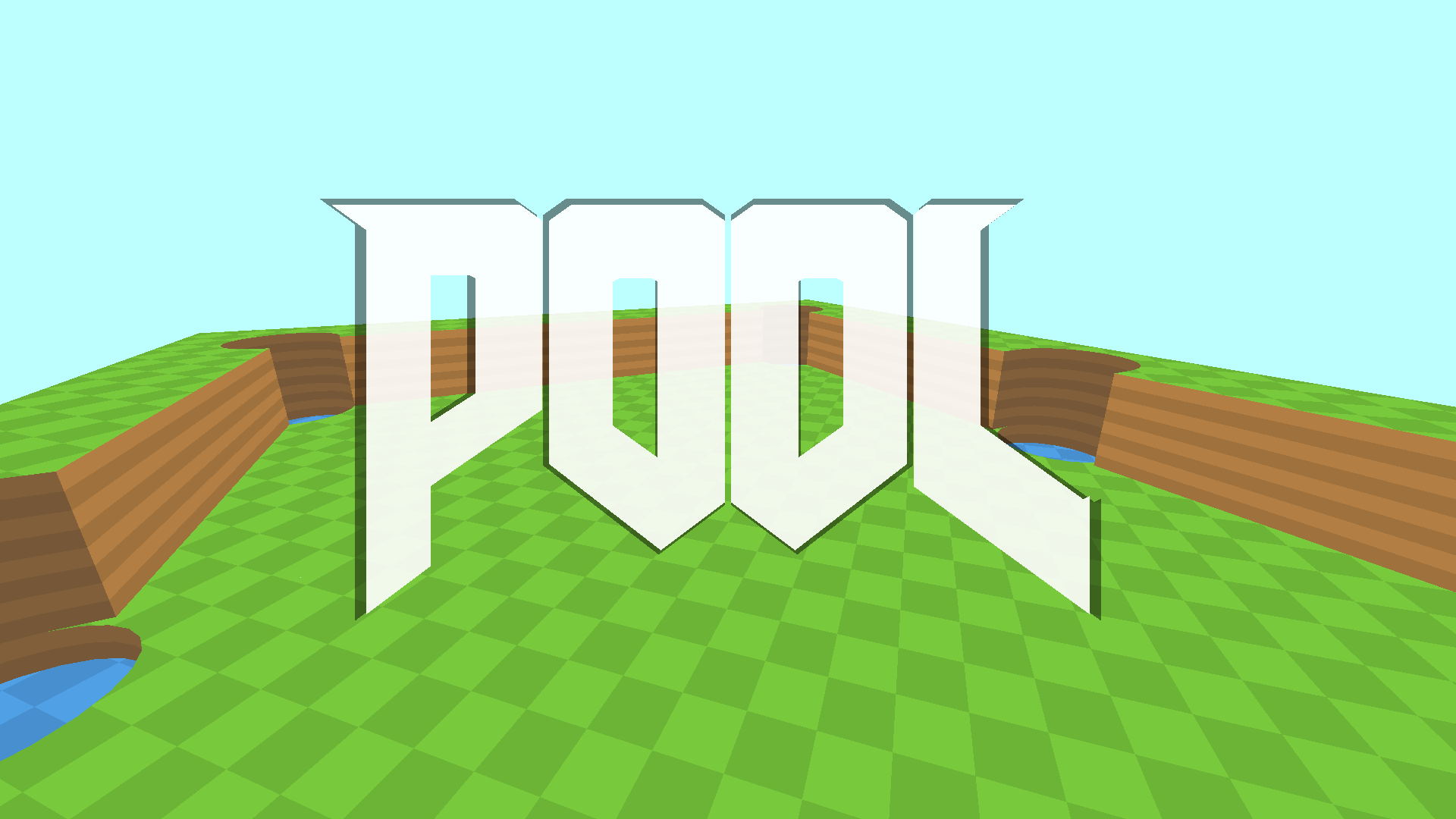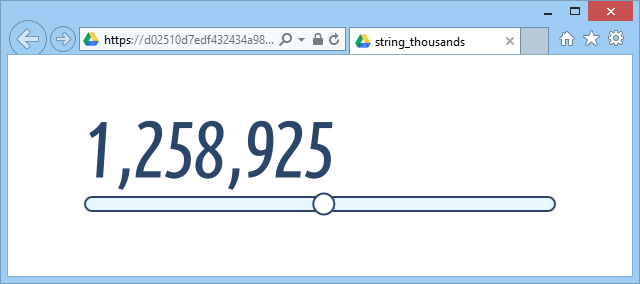
Game's title screen
This week a One Script Games jam was held on GameMaker forums. In short, the rules are that the entire game must be done inside a single script (function), which is then called once per frame, and must make use of built-in functions to store and process all needed information.
While potentially a little quirky, this seemed like an interesting challenge, so I made a game for it.
The result is a mini-FPS that is a mix of Doom, Quake, and a particular cue sport.
You can download it right now or read the full post for technical details.
Continue reading


